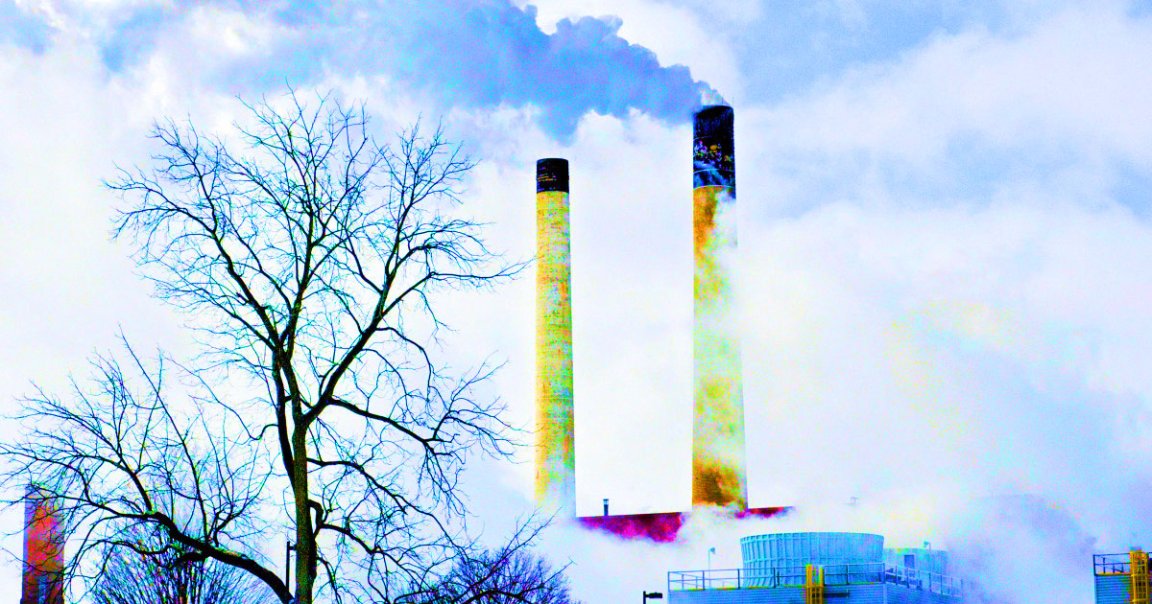
Scrubbing Carbon Dioxide
The same technology that allows scuba divers to “rebreathe” used-up carbon dioxide while underwater could be used to suck up harmful emissions — and straight out of the smokestack.
Researchers at Oak Ridge National Laboratory in Tennessee found a way to collect and store CO2 gas through a new technique: a special substance of organic chemicals called imino guanidines or BIGs bind to the bicarbonate in carbon dioxide-water solutions.
Their research was published by journal Chem on Thursday.
BIG Potential
When captured CO2 from smokestacks is forced to bubble through a solution of BIGs and water, part of those organic compounds bind to the bicarbonate that’s formed in the CO2-water solution.
The resulting product crystallizes and can be separated from the water, meaning that it can be stored rather than emitted to the atmosphere. The crystals can even be used again to capture more carbon dioxide later.
This technique “has tremendous potential,” Kristin Bowman-James, a chemist at the University of Kansas in Lawrence told Science Magazine.
The technique is also extremely efficient: it takes about 24 percent less energy than commonly used carbon dioxide “scrubbers” — a similar process that uses a different organic compound.
A Question of Scale
But it’s unclear if the technology will still be as efficient and cost effective on an industrial scale. As of 2018, there are still over 350 coal power plants operating in the U.S. Sucking up that much emitted carbon dioxide would require immense amounts of BIGs.
READ MORE: Scubalike technology could suck carbon dioxide from smokestacks [Science Magazine]
More on carbon dioxide scrubbers: Researchers Have Found a Way to Convert CO2 Into a Usable Fuel